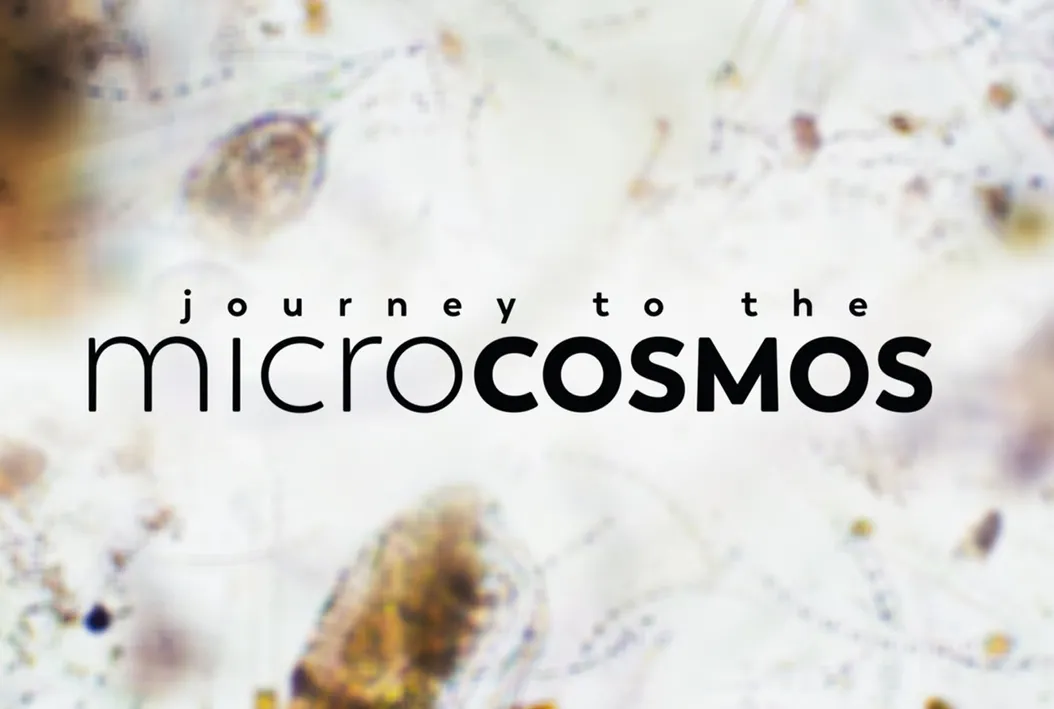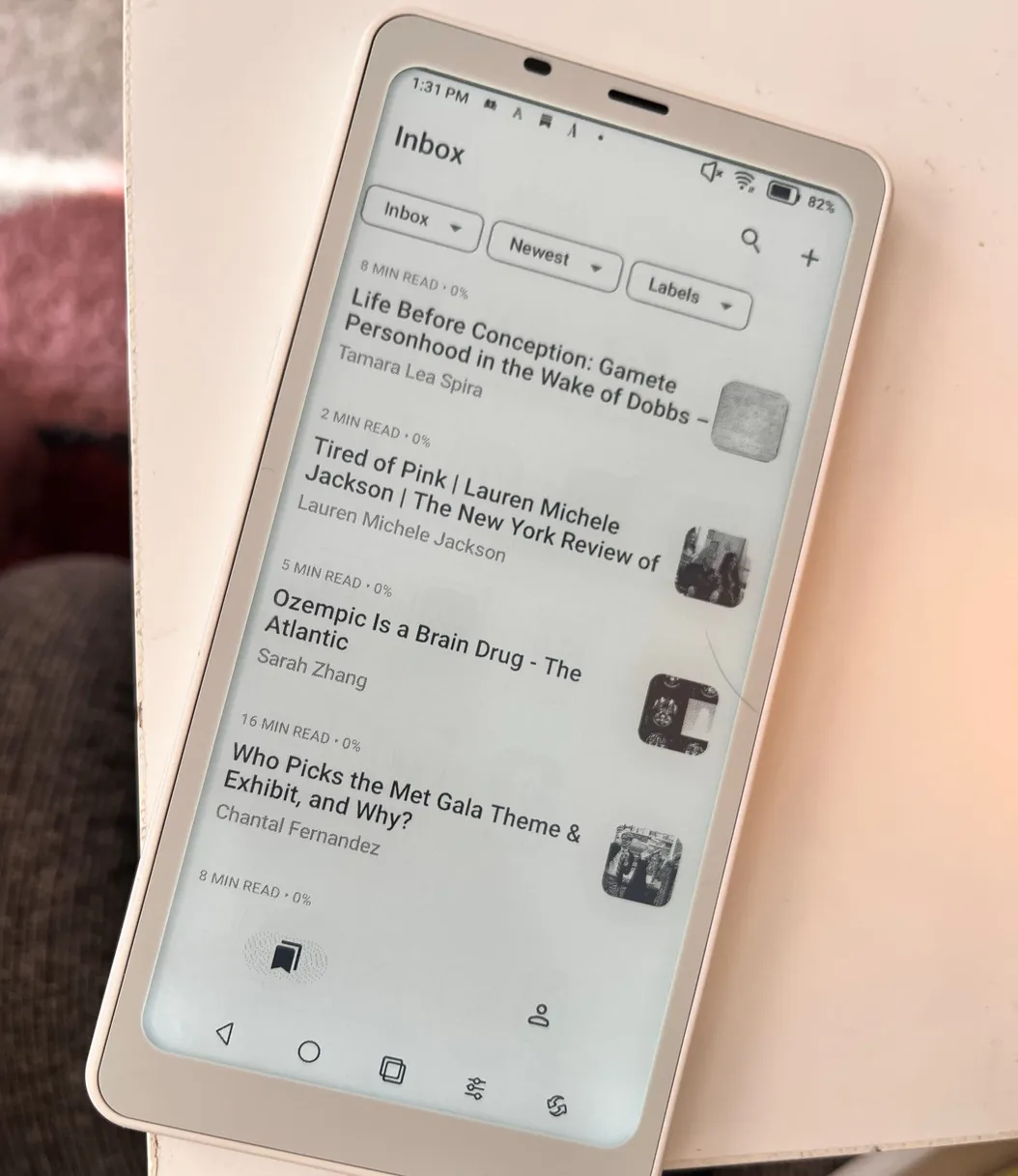Earlier this month, a paper came out in PLOS ONE called “Using selfies to challenge public stereotypes of scientists”. That title kind of covers it all: can we use selfies to change how the public sees scientists? Turns out, yeah. The main take-aways I got from their work are the following:
- People who saw selfies of scientists perceived scientists as warmer than people who didn’t see those selfies. This effect is even stronger for people viewing selfies of female scientists.
- Seeing these selfies didn’t make people think of scientists as any less competent.
- Seeing selfies from female scientists helped shape the perception of science as less male.
I first heard about this project when the researchers put a call out for scientists to submit selfies for their data set. One of my friends (male, Indian—experimental controls are important!) and I sent in pictures of us pointing at a computer being constantly updated with experimental readouts. You can check out the pseudo-Instagram page created for the project here.
I’m not going to lie—as I was reading through how participants were asked to score each “instagrammer” for their warmth and competence, my main question was, “But what did they think of me?” Am I warm? Am I competent?? Tell me, data!
Narcissism aside, I’m not going to actually look into the data to try and find out because it’ll probably end in an unhealthy fixation on whoever gives me the lowest score, and I will carry that grudge against anonymous participate #whatever for way too long. But it did feed into a sort of existential funk that I’ve been working through on how we use data to drive what we talk and how we talk about it, particularly in science communication. Using data to inform entertainment isn’t new (the Nielsen survey started with radio stations in the 1940s), but now that there are so many different ways to talk and so many different ways to gather data, it seems paradoxically easy to both overthink and oversimplify it all. On Booktube, you see it in the bias towards wrap-ups/TBRs/hauls that get good immediate views, even though reviews often perform better in the long run. In science communication, I think you see it in an emphasis on making scientists approachable and friendly. Or for a more concrete and recent example: Bill Nye’s latest rant about climate change, which—while entertaining for a lot of people—also inspired its share of responses asking whether calling people idiots is the best way to inspire them on to your side.
I don’t have this fully thought out yet, so sorry for how disorganized these thoughts are. At the end of the day, I don’t think there’s one “correct” approach to science communication, just like there’s no one “correct” approach to communication in general. There’s probably a range of approaches out there that average around one generally successful style. The problem is that in science communication, Bill Nye (and Neil deGrasse Tyson) are probably the only current household names in the field, which means there’s more of a demand for them to reach everyone all at once.
I think that’s part of why I was so interested in this paper in particular. I’ve been really interested in how people (particularly Samantha Yammine, who is one of the authors on this paper and has a popular Instagram account @science.sam) take advantage of both the visual and personal nature of Instagram to reach new audiences. And I think one of the great things about social media and other platforms like YouTube is how it helps us find new ways to talk about science and reach different audiences. I think this line from the scientist selfie paper sums it up nicely:
The more diverse the approaches, the greater the potential reach. To connect on a human level through a smiling “selfie” is just one promising approach among many.
Recent Science Reads
- This Microbiologist Can Spot Your Fake Photos, by Allen Murabayashi (PetaPixel): Dr. Elisabeth Bik started out finding faked images in papers, but she’s received even more attention after pointing out manipulation in photos published by National Geographic. Highly recommend this article to see the manipulation she points out, and then to be amazed that she’s able to do all this just using Preview.
- The Trouble with Fathering 114 Kids, by Sarah Zhang (The Atlantic): Look, I hate The Bachelor franchise because I have stupidly strong feelings about what makes for good reality TV. But kudos to Sarah Zhang for taking a contestant who claimed to have fathered 114 kids via sperm donations to spin out a whole article about how we track (or don’t track) these kinds of numbers.
- Labs rack up big energy bills and produce a ton of trash. Many are trying to become more eco-friendly, by Megan Thielking (STAT News): Nothing has ever made me feel as wasteful as working in a lab, especially working with mammalian cell culture where you’re constantly going through supplies to minimize the chance of contamination. If you’re working in a lab and looking for ideas and resources on how to make the whole thing slightly less wasteful, this article might give a few good ideas.
Things I’ve Made/Places I’ve Been
- Someone Great (Snark Squad Pod): I was super excited to get to talk about Someone Great with the Snark Squad. We talked selfish characters, drug use in movies, and friends.
My Week in Read/Watch/Listen
TV
- Game of Thrones (the finale): Should’ve just been a whole episode of watching Sansa get crowned Queen of the North.
- Lucifer (season 1): It’s trashy, it’s easy to have in the background while working, it’s perfect.
Podcasts
- Without Fail (“Exiled from the Industry He Helped Create”): I thought this was going to be a very dramatic story about how one of the creators of Earwolf (one of the first podcast networks) ended up no longer working for the company. But instead, this ended up being one of those episodes that made me feel very personally called out for my own inability to be minimize my emotional investment in work.
Books
(Disclaimer: the links below are Amazon Affiliate links, which means if you click them, I make a small commission on qualifying purchases)
- Red, White, and Royal Blue, by Casey McQuiston: This is a cute romance set in a world much unlike our own, where 2016 resulted in a woman president whose son ends up having a secret relationship with his former-enemy-turned-fake-best-friend (who also happens to be the Prince of England). It’s a great read for when you’re not in the mood to be cynical, though it takes a high tolerance for excessive fandom references.
- Soft Science, by Frank Choi: It’s poetry, and I’m still working my way through it, so I have like no idea how to talk about this collection. But at least to me as a complete poetry ignoramus, it’s been an interesting use of technology and nature to describe something. Do I entirely get what that something is yet? No. But it’s been cool to try and figure out.


